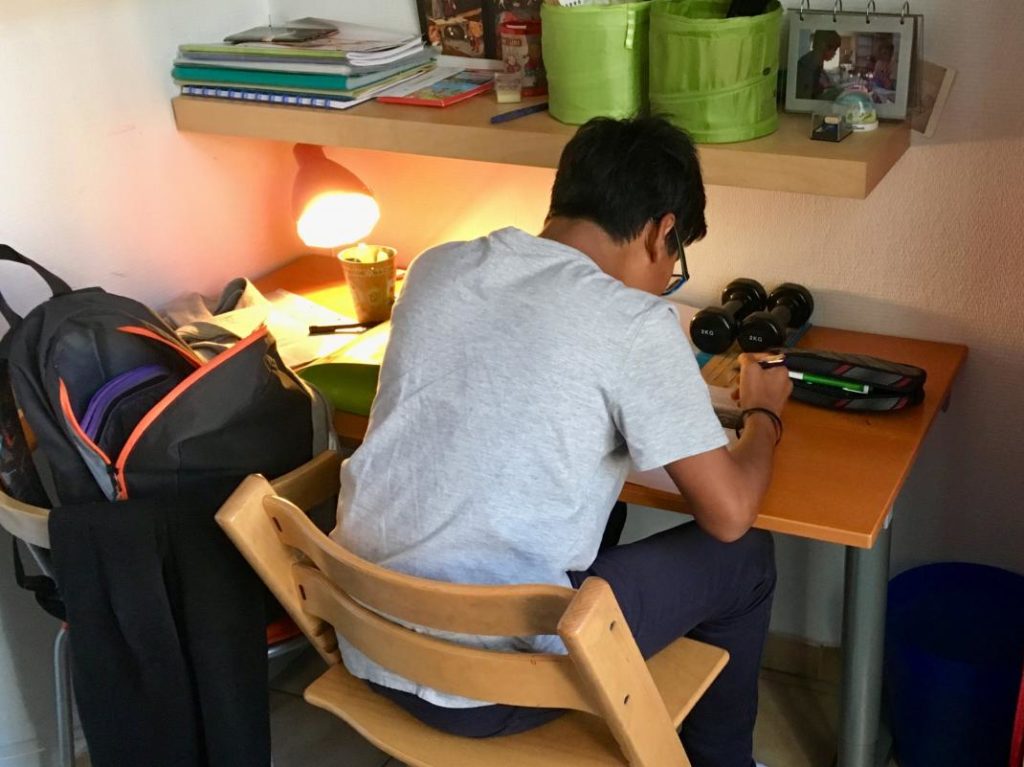Students with disabilities face obstacles in the European Schools
The European Schools, consist of a network of 13 intergovernmental schools that mainly host the children of EU employees. These schools are controlled by the 28 Member States of the European Union and the European Commission. The European Union and all its member states have ratified the United Nations Convention on the Rights of Persons with Disabilities (CRPD), which guarantees children with disabilities the right to inclusive education.However, these schools are doing little to meet the needs of children with disabilities.
According to a joint report released by the Human Rights Watch and the European Disability Forum, European Schools lack the proper support and amenities for children with disabilities. The report titled “Walk or die”: The obstacles faced by children with disabilities in the European School system revealed that children with disabilities feel rejected, often pressured to change schools or denied the adequate amenities and support which would allow them to thrive.
Nine parents interviewed by Human Rights Watch said they felt pressured by school officials to remove their child from school. Under the CRPD, children with disabilities are entitled to individualized supports and reasonable accommodations at school, including appropriate teaching methods, materials and curricula, the provision of assistive technologies and differentiated examination formats. According to the parents, these accommodations were not systematic and depended on the wishes of the school staff.
Claire, the mother of a 16-year-old boy with Attention Deficit Hyperactivity Disorder (ADHD), explained, “There are two situations: children are thrown out, often because they are school failure. Either they are isolated, not supported, until they decide to go out on their own. It’s ‘walk or die.”
Claire, who ended up taking her son out of the European School in 2015, said that all the children who received tutoring in her son’s class, with one exception, left.
Louise, a 15-year-old girl with dyslexia, also left the European School after struggling for years to find basic accommodations for her learning difficulties, such as the right to use a device for take pictures of the painting. “This school was like an anthill, every year they filtered the best to keep only the elite. Those who are a little defective, they do everything to reject them. They wanted us to feel so bad that we left on our own. ”
In addition, the European Schools offer only one curriculum leading to the European Baccalaureate and which can not be adapted to the various needs, strengths, difficulties and learning styles of children with disabilities.

Even if the staff of the European Schools are adapting, it is not their goodwill that should depend on whether the needs of children with disabilities are taken into account. The European Schools should be committed to inclusive education both at political level and in practice, and support it with sufficient resources.
The Higher Council of the European Schools should adopt an inclusive education policy, provide teacher training and introduce flexibility in the curriculum. The European Commission, which provides more than half of the European Schools’ budget, should guide the process and ensure that its funding contributes to an inclusive system.



